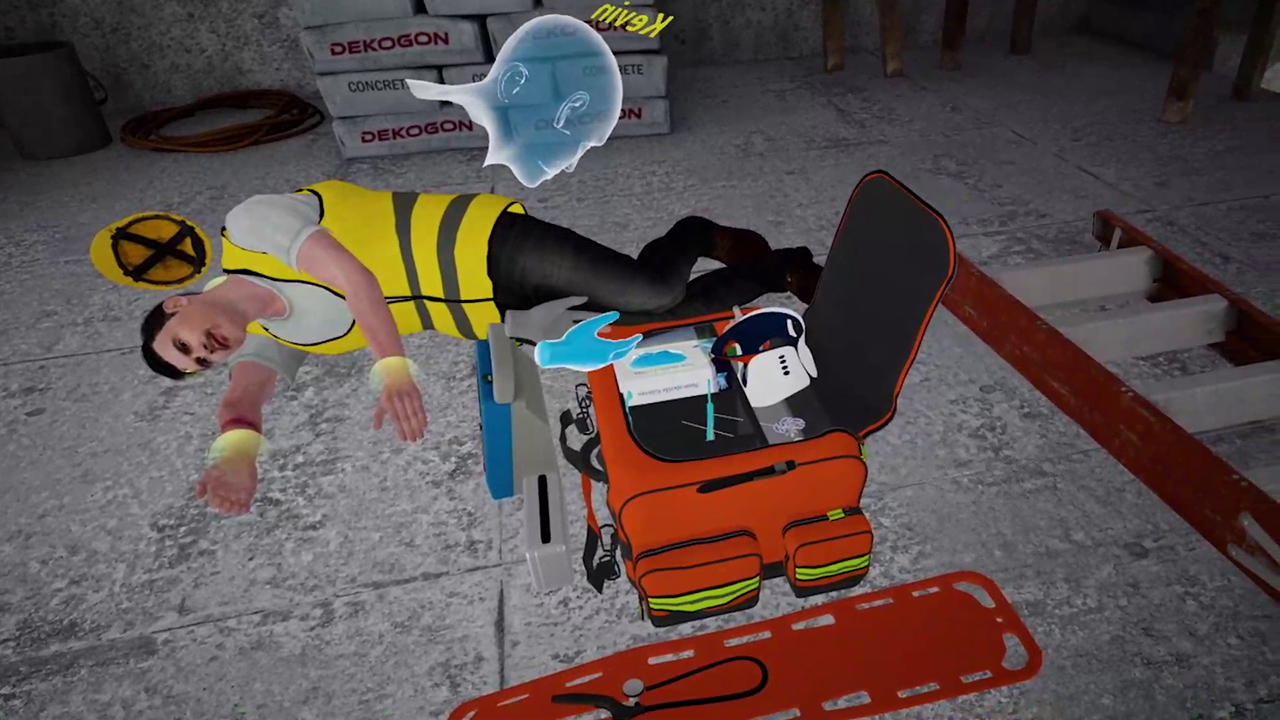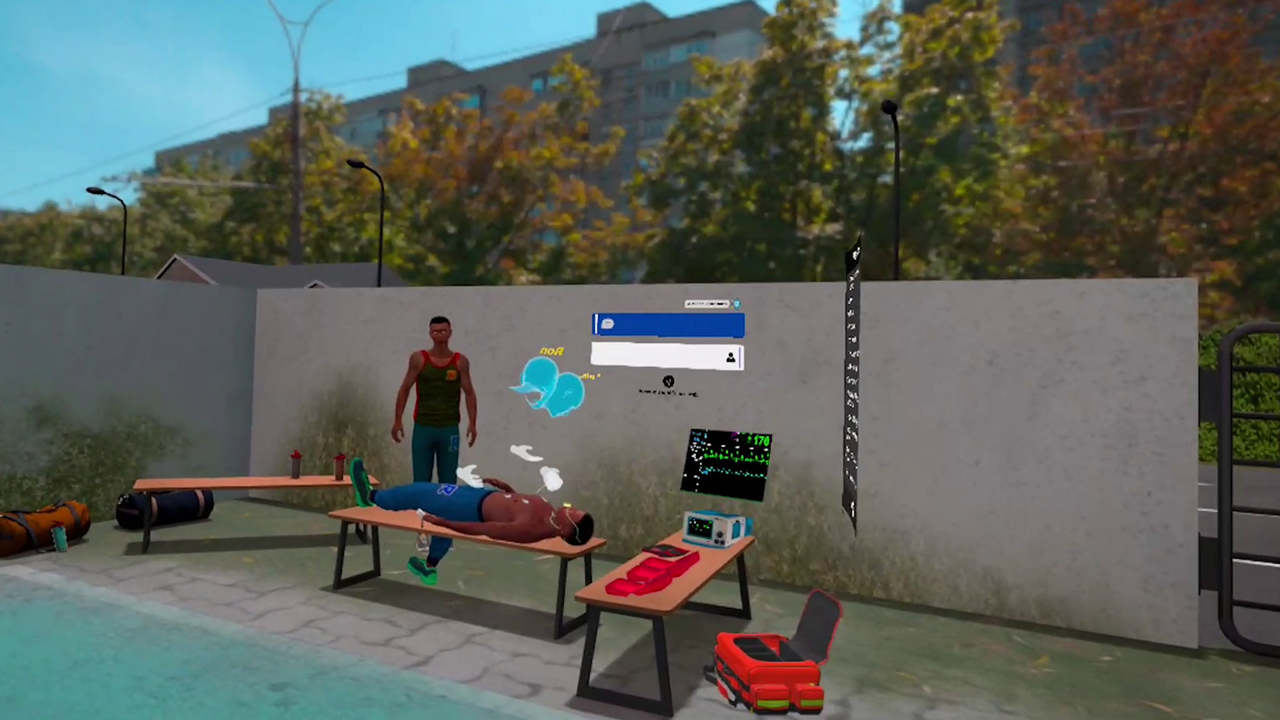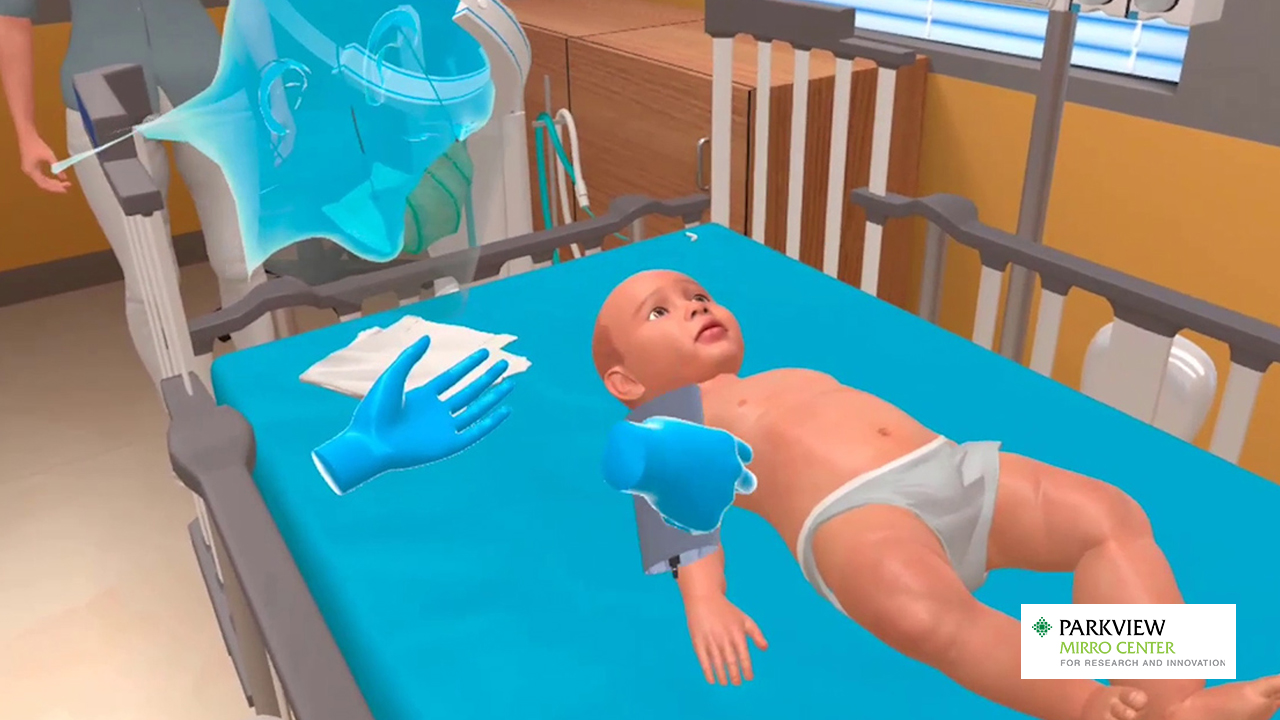
Emergency response, as the term suggests, includes procedures to be followed in case of an emergency. Healthcare professionals undertake specialized training to perform tasks and handle situations when the need arises. To provide effective training, the training must be realistic and comprehensive, presenting learners with detailed feedback and analysis of performance. Now, disasters and emergencies cannot be created just for the sake of training. That would be an unrealistic solution to provide realistic experience. However, thanks to technologies like VR and MR, this need to provide realistic training environments can be met with efficiency and effectiveness. With carefully scripted and designed VR simulations, learners can become part of virtual training environments and practice tasks as they would in a real-world setup, all the while acting in zero-risk and controlled environments.
Emergency response training until now
Accidents and natural disasters are always going to be there. They are unavoidable. What can be done is to be prepared for them. Technology can forecast natural disasters and preparations can be made. Accidents are a different zone altogether. However, though they come unannounced, we can definitely train ourselves to manage cases of accidents and aid the victims. This calls for emergency response teams. Until now, these training have been done in classrooms, simulation rooms, through mock drills and theoretical knowledge through books. Simulations and drills try to replicate realistic environments and provide learners with real-world like experiences.
While the scenario set up can be replicated, what they lack is the chaos on the ground in the event of a real accident. Besides this, they involve massive infrastructure and huge logistic costs. Not to mention that the scene setup involves extensive hours.
What is VR simulation training?
When it comes to training for real-world emergencies, close-to-reality scenarios are created to give learners an immersive and engaging training environment. VR simulation or virtual reality simulation involves computer-generated environments that may or may not be replicas of real-world environments. Interactive environments are created and enhanced with all necessary affordances that allow learners to perform tasks as they would in a real-world setup. Its virtual aspect makes it one hundred percent risk-free, allowing learners to make mistakes without having to face critical consequences. The outcome of a mistake is made evident to serve as a learning and avoid the same mistake in the future. This in turn serves as knowledge reinforcement.
VR has come a long way from its cardboard box and has graduated from mere gaming to complex training requirements. Healthcare is one such field and within healthcare is the crucial emergency response training.
 VR simulation of EMS performing patient assessment at an accident site.
VR simulation of EMS performing patient assessment at an accident site.
How does VR benefit emergency response training?
As we discussed, creating realistic environments for training gives the benefit of providing experiential training opportunities to learners. That is one significant benefit of using VR for training, but the advantages do not end here. Implementing virtual reality training in the field of emergency response training runs deeper.
Cost-effective – It’s true, the initial investment can be significant. That cannot be debated but compare that to the large facilities and equipment that need to be maintained and the benefits of implementing VR will become evident. For one, the huge cost and effort of maintaining large facilities will be erased. There will be significantly less wear and tear of equipment. The risk of equipment damage when handled by novices will be eliminated. All repetitive expenditure related to acquiring training material will be a thing of the past.
Realism, immersion, engagement – Practice makes a person perfect. This practice, when provided in realistic environments, replicating real-world scenarios, creates a greater impact on the learning and retention capabilities of learners. When it comes to emergency response, how does one replicate the scenario of the chaos and commotion of the scenario? Mannikins can replicate the victim, or victims if it is an accident scene, but what about the environment and adrenalin rush? When placed in a virtual environment mimicking an accident site, learners are immersed in a virtual but engaging scenario making them part of it. There is realism, there is engagement, and one needs to act as per the need of the hour.
Continuous practice: Perform a simulation once; didn’t get it right or need more practice? Go back to the start and begin all over again, just like that. Be it to assess a trauma patient or conduct a triage at an accident site. Simulations in VR can be practiced repeatedly according to learner needs. There is no setup time involved and no time lag between sessions. The only time lag that could possibly be, would be one chosen by the learner.
Safe and controlled: Emergency response in real life requires respondents to think on their feet, act swiftly with confidence and be able to take decisions in times of stress and chaos. The respondents need to hold a calm head over their shoulders and be prepared for all eventualities. There is no room for mistakes as one wrong move can cost a life. In a virtual environment, the emergency can be replicated, but learners are allowed to make mistakes here as this happens to be a safe, controlled and zero-risk zone. Mistakes made here will serve as learnings and lessons to be carried into the real-world.
Immediate feedback: What happens if a seizing patient is not given immediate treatment? What happens if victim sorting is done incorrectly during a triage? What would happen if a fire outbreak is not brought under control? Practicing these tasks in a virtual environment will deliver instant results. They will bring learners face-to-face with the results of their actions. An instant feedback will have a lasting impression and solidify lessons.
Consistency: Be it one learner, a small group, or a large one – the training imparted through VR training remains the same for all. Every learner is exposed to a consistent level and quality of training with not even the slightest change. Every VR app is created in consultation with subject matter experts, nuances are paid attention to, versions are reviewed and revised to ensure every possible aspect of the case is covered and after thorough quality checks an app is made available to learners. When all learners are exposed to such minutely prepared training material, the quality of training travels several notches up.
Practical applications of VR in emergency response training
Emergency response falls under various categories and is conducted in multiple scenarios. Some of the most significant instances include the following.
Firefighting Scenarios: Fire disasters are not unheard of. Bringing a fire under control, managing and rescuing trapped victims and treating patients in such challenging situations calls for extreme levels of training. VR simulations can replicate scenarios of fire breakouts and provide learners training in techniques to identify hazards, navigate through smoke-filled areas and conduct triages.

VR simulation of EMS managing a case of tachycardia.
Medical Emergency Simulations: Not all patients are treated in hospital. There are occasions when emergency response teams have to rush to locations to treat or manage a case of medical emergency. What does a restaurant owner do when a customer suddenly becomes anaphylactic? They need to notify EMR, and the professionals need to take care of the situation. Accidents at construction sites are always a possibility so when a construction worker suffers a nasty fall, it is the job of the emergency response team to manage the case. The inclusion of AI in VR simulations facilitates interactions with virtual patients bringing in an enhanced level of realism and valuable experience in patient communication and care.
Natural Disaster Response: When it comes to natural disasters, it takes several teams to work in perfect coordination to manage the situation and provide relief to the affected. In the real world, setting up a training session to include all teams at one given point can be difficult but the same can be done in VR. The fact that learners can join in a multiplayer scenario from anywhere on the planet makes it far easier to bring trainers together in a virtual space and perform as a team from their own locations. Natural disasters with elements like debris, trapped victims etc. can be replicated to the minutest detail to provide the most realistic training experience required.
Law Enforcement and Tactical Training: As in medical emergencies, law enforcement emergencies can also involve a certain amount of risk, though of a very different nature. These could be situations like active shootouts, terrorist attacks, or hostage rescues, to name a few. Each of these situations requires law enforcement personnel to be prepared for desirable or undesirable outcomes, think quickly and confidently and be completely aware of their surroundings. Realistic scenarios in VR can be recreated to provide real-world experiences helping provide a comprehensive training experience.
Future trends and innovations
VR technology has made inroads into many sectors, and it is no more an elusive or distant thing that was once considered very futuristic. It is part of our present now but at the same time, developing. Another piece of technology that is making developments by leaps and bounds is AI or artificial intelligence.
With respect to emergency response training, the future of VR is very promising. Marry it to AI and the two make a remarkable pair. Not only do the environments become interactive and engaging, but the characters in the environment also come alive, creating a whole new world away from the real world.
In this virtual world, learning is bound to be more dynamic, and scenarios and characters are going to be responsive and reactive. The experience is going to be holistic, engaging and enriching. AI will enable adaptable learning experiences helping tailor every learner’s journey as per their need, ability and requirement.
Virtual reality in emergency response training is helping provide immersive, engaging, effective learning and practicing opportunities but all within the safe confines of the virtual world. These effective training scenarios provide thorough and exhaustive training to help prepare professionals to face crisis situations with confidence and expertise.
About MedVR Education:
MedVR Education is a continuing education platform, founded with the specific aim of providing immersive and engaging VR training solutions to healthcare professionals. Its dynamically growing library witnesses the addition of 4-5 new solutions every month. MedVR Education is at the forefront of implementing the latest technology in the field of VR and training, ensuring that learners get the best possible learning experience.
Contact us to know more about VR in healthcare training or visit MedVR Education to explore the various programs we offer.


